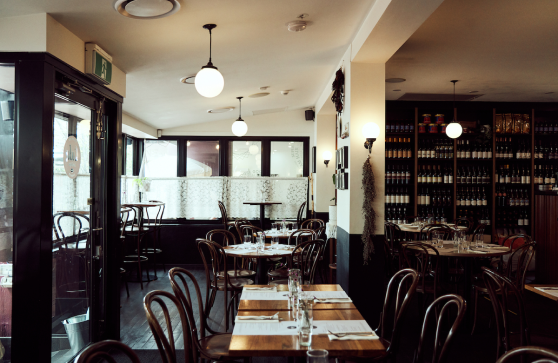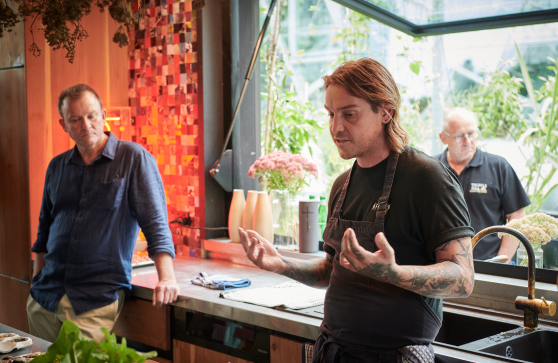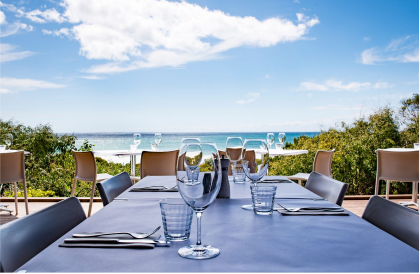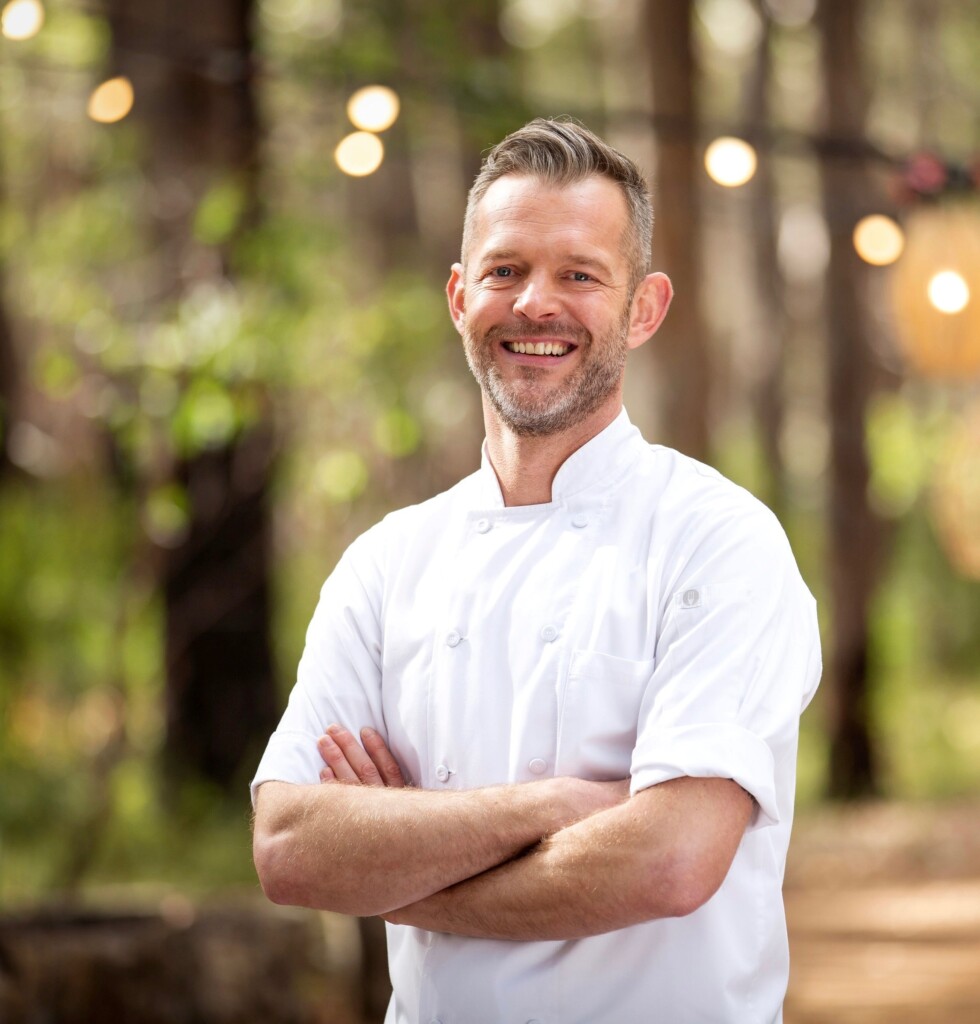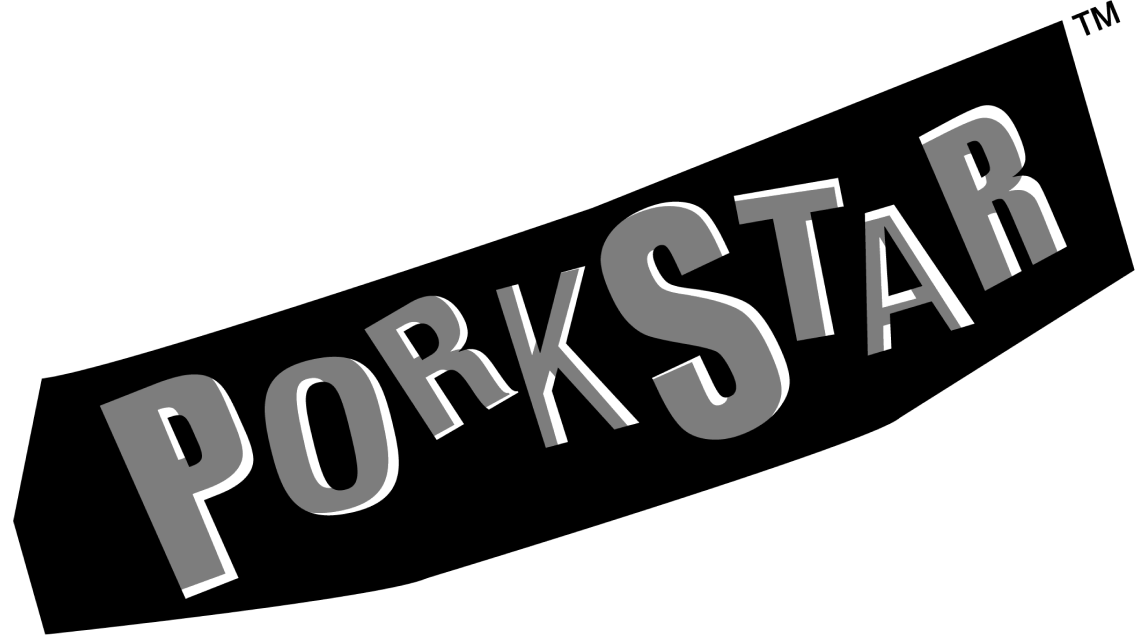Restaurants don’t materialise fully formed. They are a meeting of people, of time, and sometimes chance. “I’d heard of this unicorn like restaurant space that might exist here,” says George Kailis of the 650-square-metre tenancy on Cottesloe’s Marine Parade. With a 45-metre ocean facing frontage, a view that takes in Fremantle to the south, Cottesloe to the north, and the Indian Ocean when you’re eyes front, unicorn isn’t an understatement.
Over four years ago Kailis first showed interest, but other plans were in motion. A few years on, it was back on the table, and he was on the cusp of adding that unicorn to his stable of venues that includes Shorehouse and soon to open Magic Apple. Walking the site for the first time his words, at least to himself, were “holy shit.” Laughing at the memory he says, “I didn’t say that to them, I hadn’t done the deal yet.” Other than the obvious elements of location and outlook, the bones of what is now Gibney were what stood out to Kailis. The “sheer space,” the 3.5-metre-high ceilings, and the opportunity to create something that he’s loved experiencing as he travels: old world restaurants, new and long existing.
Brave is a word that comes to mind with Gibney, as while this style of restaurant dining has seen, to some degree, a resurgence in dining cities across the world, we’re still very much in the grip of casual dining. But Kailis isn’t simply taking a leap of faith. “I thought Western Australians would really like to dine this way by the ocean, and I think there’s a few venues that did a good job [in Perth] but probably more in an Italian sense,” he says. “Like Santini Bar & Grill when they opened. Nic [Wood] was on the pans. That menu was awesome, and the style of dining, I really enjoyed it.” Kailis says that he’s been fortunate in operating Shorehouse for the last decade. “We’ve seen where that business is going, where the per head spends are going, and how busy it is. So having that intel has been hugely important for the development and acquisition of Gibney.”
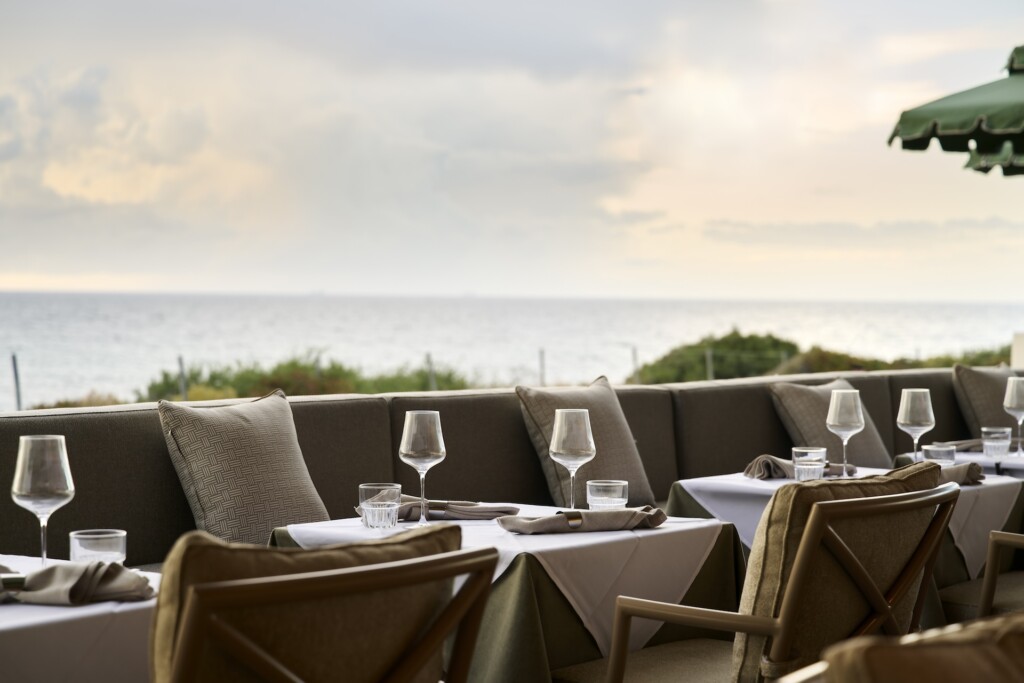
Much is said, especially when people know you’ve dined at Gibney, about the price. In the interests of transparency, I dined with Kailis as a guest. But I’ll be back on my own dime. Yes, you can expect to pay slightly higher per item than you might elsewhere, but everything is relative to what you’re getting, and at Gibney it’s a restaurant experience in the classic sense, where each element plays its part. I could say go for the focused and somewhat theatrical service, or for bar director James Gentile’s signature The Gibney Gibson, to drink Champagne selected by group sommelier Nina Throsby, or to have a crack at as much of James Cole Bowen’s menu as is allowable in such a mannered environment. I could say, marvel at the spectacle of head pastry chef Richard Dormer’s strawberries and cream dessert, which promotes an almost childlike reaction from even the sternest of patrons as a block of berry ice is shaved in view of the diner and then dressed tableside with strawberry consommé and condensed milk. Then there is the simple joy of people watching.
Incidentally the Gibson, served tableside, is worth a visit alone and a few items from the bar menu. Gentile, who many would know from his decade at The Heritage, designed it with an unexpected inspiration in mind. “In the old Goosebumps books, you could choose your own adventure,” he says. “Coming to the table on a stainless-steel tray you have three different options for garnish – smoked onion, pickled onion, pickled cherry tomato – as well as a little bit of Islay whisky to add as you wish. Really, they make it their own.”
The inspiration, which you’ll hear again and again from those involved in Gibney, was “Parisian six-star hotel lobby meets coastal Californian country club.” That vision has been realised, from a maître d’ welcome to a flock of white jacketed front of house staff, and an interior from Fremantle’s Rezen Studio that Kailis can seemingly tell you each and every detail of. He’ll open doors that hide wine fridges and point out the somm-station that Nina Throsby and operations manager Aaron Commins gave specifications for. While much has been said about the culinary direction at Gibney, the wine list is something of an epic. Written by Throsby (our Sommelier of the Year in 2023) it runs to over 17000 words. “I’m a perennially early person, I’m always the first to arrive,” she says. “So, I’ve always written wine lists for people to read while they wait for their guests” she says. Throsby has created a list that is “completely producer empowered.” Every producer is profiled, winemakers are listed, as are establishment dates.
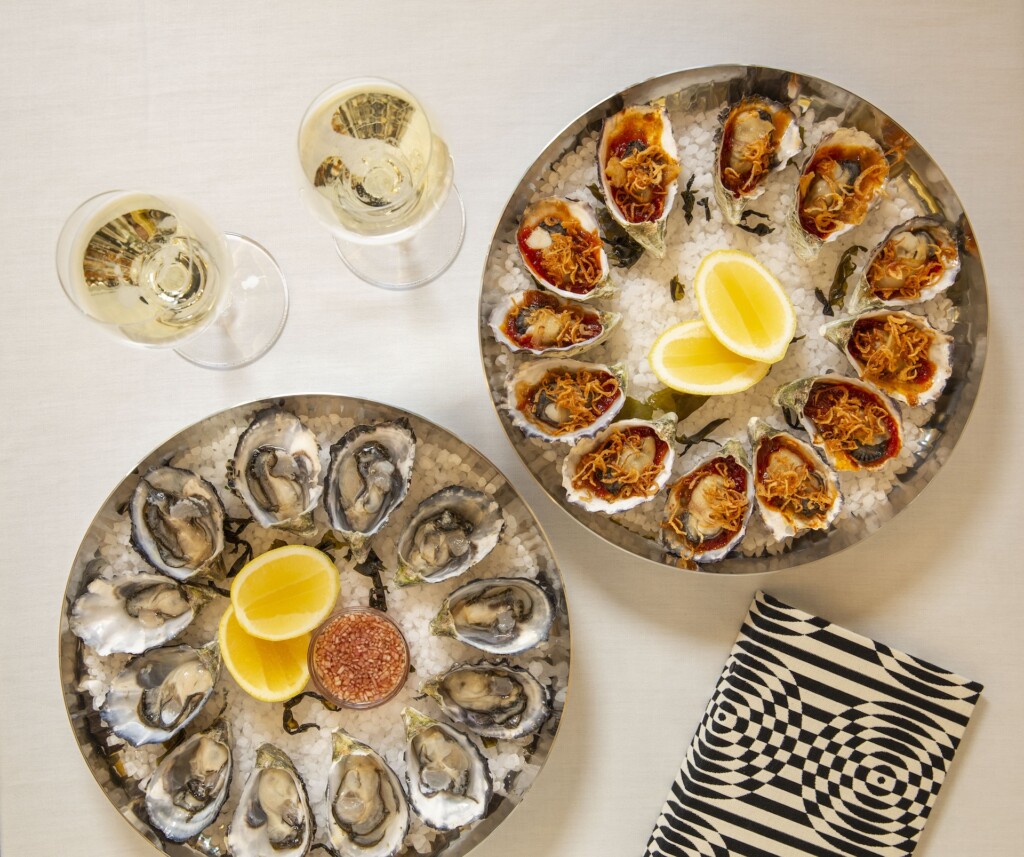
The bravery extends to hiring. While head chef James Cole Bowen won plaudits for his time at The Corner Dairy (scooping our Best Bar Dining Award in 2024), his ascension to Gibney is notable. Cole Bowen admits it’s a challenge. At his previous Doubleview digs there were just five chefs in the kitchen, doing everything. “No kitchen hands, we’d all wash the dishes, we were this little team dancing around each other,” he says. In contrast he now has 20 chefs on the roster and close to 30 kitchen staff in total. It’s fair to assume Cole Bowen isn’t washing pots these days.
Kailis says that their success across the group in hiring has been finding people “not necessarily where they should be and allowing them to ascend very quickly.” Key team members have, he says, “grown with us, and they’ve grown as part of our family.” On the flipside, they have sometimes found that “those people who have already done it and kicked these goals come with much bigger egos and they don’t fit our environment.”
Going interstate for his chef hire “wasn’t an option.” He had been watching Cole Bowen for a time and what he’d achieved. He approached the likes of Liam Atkinson of Le Rebelle to get a read on Cole Bowen’s suitability and got a volley of positivity; the picture of a chef who would excel. Atkinson tells me that his advice to Kailis was that Cole Bowen “would easily be the next big thing,” and “this is the guy, you don’t need to look anywhere else.”
It’s advice that has rung true. Kailis says “when [James and I] talked, he was just incredibly humble in his manner, and you can sense the creativity, sense a desire for him in his early thirties to get back to more of a restaurant setting. He loved his time at The Corner Dairy and super proud of it but something like this was always on the cards.”
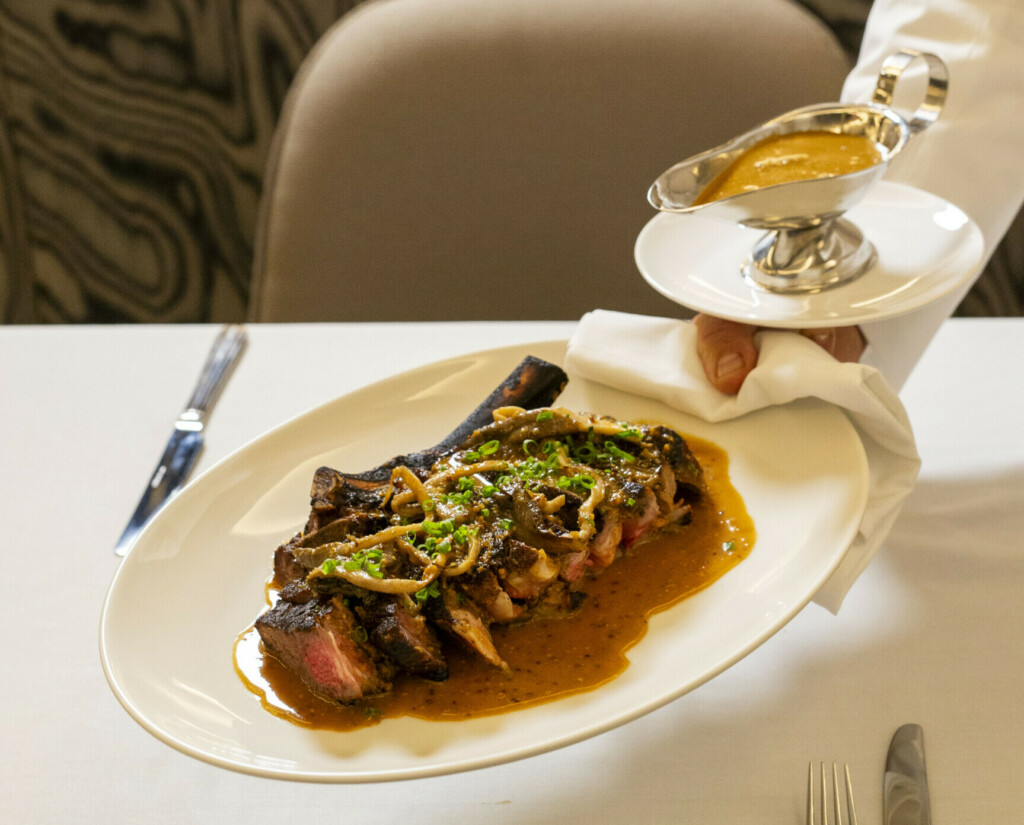
When Kailis shared the Gibney vision with Cole Bowen it was one of a brasserie grill that gave him a lot of leeway “to go anywhere and everywhere.” While Cole Bowen worked on the menu off site for several months Kailis says that when it came together the first menu draft was “bang on.” Cole Bowen says he is leaning towards classic flavour pairings and ideas while putting his own Gibney spin on it, without “trying to be too out there and cheffy.”
His filter he says, are his parents. “If they wouldn’t understand a dish, I’ve gone too far, and I dial it back a bit.” In terms of direction, “we’re not really a French restaurant,” he says. “It’s just a good filter for that old world brasserie [style]. There are some Japanese ingredients on the menu, and things like Korean gochujang.”
There’s real strength in the seafood offering at Gibney from their oyster service to a restrained Glacier 51 Toothfish that leans more to Asia than Europe, and a Fremantle swordfish grilled over the woodfire. Cole Bowen says Hiramasa kingfish is proving to be “a bit of a hit.” When I discuss it with Kailis he laughs at the perhaps unintentional homage to fish and chips, and Kailis’ family history in that arena. “So, it’s like fish and chips,” says Cole Bowen. “It’s a raw kingfish dish but we’ve used the flavours of seaside fish and chips as inspiration. Sauce on the bottom of the plate is creme fraiche based but seasoned like a classic tartare sauce. Cured kingfish, and then pickled seaweed and sun rose, which is a lovely little sea succulent. Then we made a little crispy tempura batter almost like the scraps you’d get in a fish and chip shop. Little crunchy pieces of batter seasoned with seaweed and vinegar powder, so you get that salt and vinegar crunch to it. So, it almost eats and tastes like fish and chips in a way. but it’s a raw version.”

Conversation with Kailis will often draw inspiration from elsewhere in the world, but there’s always a point where we loop back to Western Australia. He talks about creating a restaurant that celebrates Western Australia, and to some extent is a calling card. “It’s a West Australian venue and I want to champion the talent that we have here,” he says. “We’re pretty off the radar in the national hospitality landscape, but Gibney could maybe disrupt that.” It may seem that Kailis is in unicorn territory again, but all the ingredients are in place to make it so, and early indications are that Gibney will be with us for many decades.
Food Photography: Craig Kinder
Venue Photography: D-Max Photography
